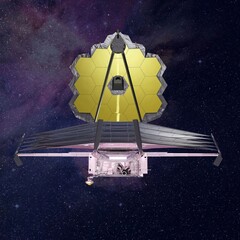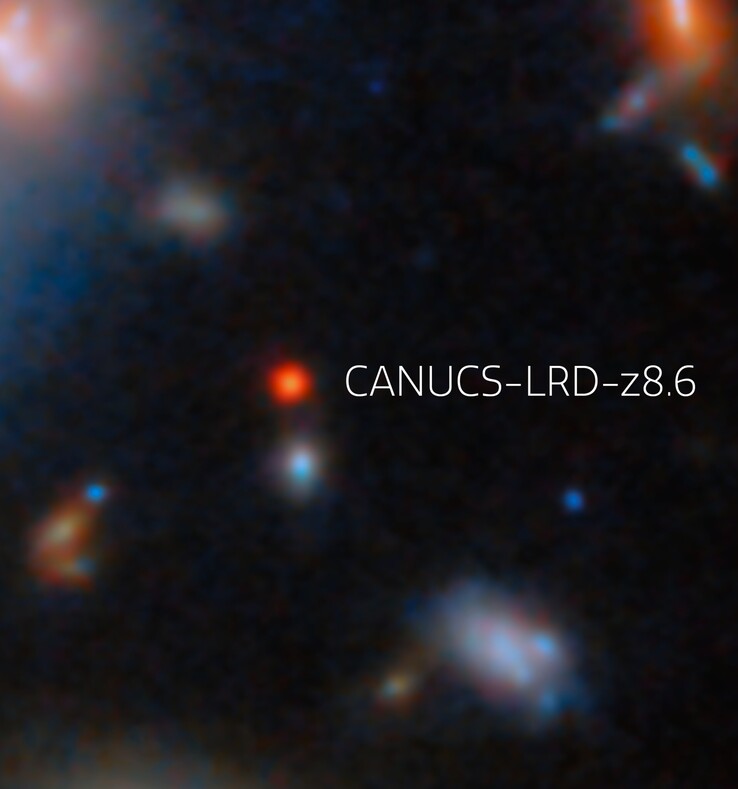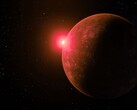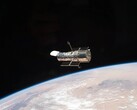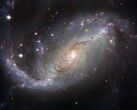A team of researchers used data from the James Webb Space Telescope to study the galaxy CANUCS-LRD-z8.6 and its supermassive black hole. The team was able to observe this galaxy at an early stage in the universe — just 570 million years after the Big Bang.
With Webb’s Near-Infrared Spectrograph (NIRSpec), they could pick out the faint light from the distant galaxy. Webb’s capabilities also helped them detect key spectral features that suggested the presence of an accreting black hole.
From the observation, the researchers discovered that the supermassive black hole within CANUCS-LRD-z8.6 was exceptionally enormous. At such an early time in the Universe, it is not expected that a supermassive black hole would have grown that much.
Webb also aided the team in determining the galaxy’s properties. They were able to determine the mass of the galaxy’s stars. Again, the mass of the supermassive black hole did not add up when compared to the mass of the galaxy’s stars.
Previous studies have suggested that the size of a supermassive black hole and its host galaxy are linked. But CANUCS-LRD-z8.6’s supermassive black hole appeared to defy that relation. It was growing much faster than its host galaxy.
This observation is refining the current understanding of black holes and how they form. The study was published in Nature Communications. The team aims to delve deeper into their research. They are planning additional observations of the galaxy using the Atacama Large Millimeter/submillimeter Array (ALMA) and Webb.




